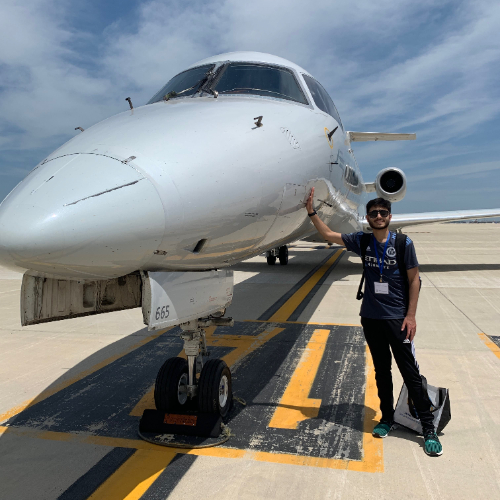
Airplane hijackings have thankfully become increasingly rare following the tragic events of September 11th. Unfortunately, however, various hijacking events occurred in the decades leading up to the new millennium.
One of those events was Ethiopian Airlines Flight 961, an infamous flight that turned out to be the deadliest hijacking incident before 9/11.
Background
On November 23rd, 1996, Ethiopian Airlines Flight 961 was preparing for a voyage across Africa. The flight would depart Ethiopian's Addis Ababa (ADD) hub and terminate at Abidjan's Port Bouet Airport (ABJ) in Cote d'Ivoire (Ivory Coast). Along the way, Flight 961 would make intermediate stops in Nairobi, Kenya (NBO), Brazzaville, Congo (BZV), and Lagos, Nigeria (LOS).
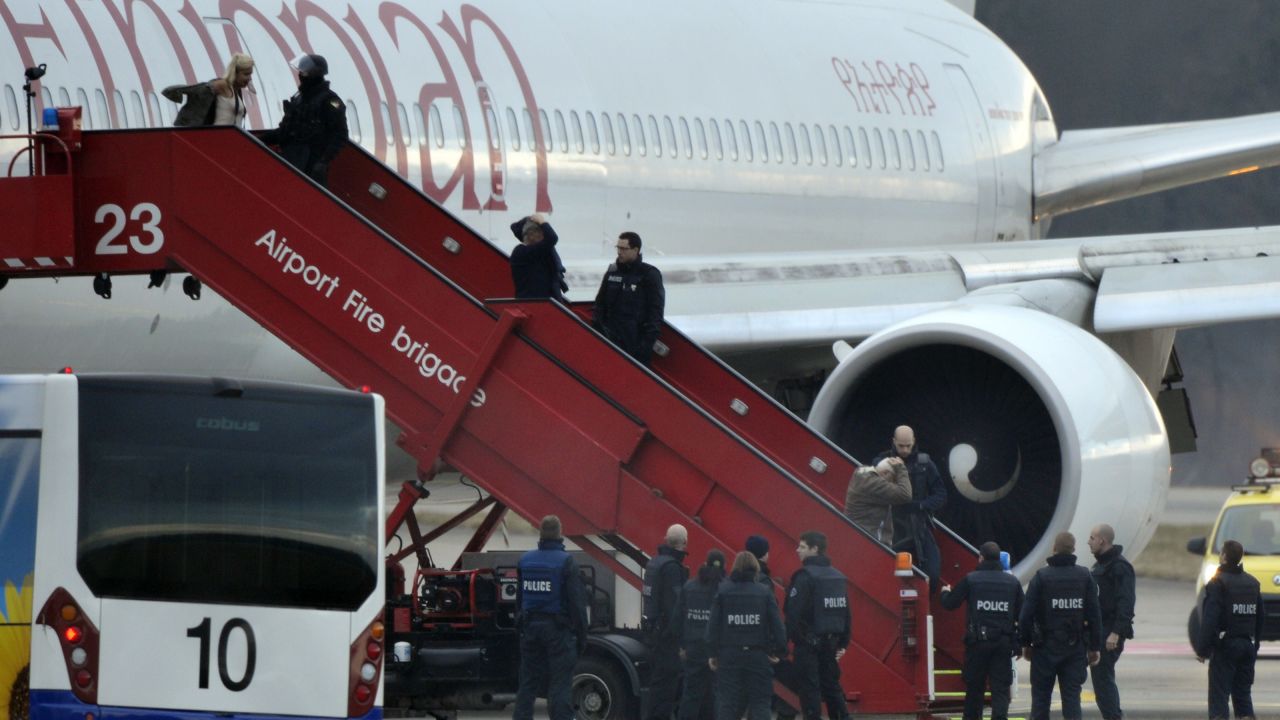
The aircraft operating the flight was a Boeing 767-260ER registered ET-AIZ. The plane had been delivered brand new to Ethiopian Airlines in 1987, making it nine years old at the time of this incident.
42-year-old Captain Leul Abate and 34-year-old First Officer Yonus Mekuria were in charge of Flight 961. Captain Abate had over 11,500 total flight hours, with 4,067 on the Boeing 757 and 767.
First Officer Mekuria had flown more than 6,500 hours, with a little less than half spent on the 757 and 767. The Boeing 757 and 767 have the same type rating, so the flight hour amount included both aircraft types.
Interestingly enough, Captain Abate had experienced two previous hijackings.
The first occurred four years earlier, on April 12th, 1994, on Ethiopian Flight 574, a Boeing 727. In that instance, two hijackers armed with hand grenades demanded to be flown to Nairobi and onwards to Canada. The hijackers eventually surrendered after a five-hour standoff in Nairobi. Flight 574 is now the number one Ethiopian flight from Addis Ababa to Chicago via Rome.
The second instance occurred on March 17th, 1995, when Captain Abate flew an Ethiopian 737-200. Five hijackers demanded to be taken to Libya, and the plane was diverted to El Obeid, Sudan.
It was in Sudan that the hijackers changed their minds and demanded to be flown to Sweden. However, the Sudanese authorities refused to refuel the 737, and after a long standoff, the hijackers surrendered.

Sudden Takeover
Flight 961 was initially delayed due to some connecting passengers arriving on a late inbound flight. Eventually, the flight departed Addis Ababa at 08:09 UTC. Twenty minutes into the flight, three Ethiopian men charged in and hijacked the aircraft after taking an axe and fire extinguisher from the cockpit. The men threatened to blow up the plane in flight if their demands were not met.
They forced First Officer Mekuria into the cabin before making an announcement. In Amharic, French, and English, the hijackers declared that if anyone tried to interfere, they would blow up the plane. However, the so-called "bomb" was a covered bottle of liquor.
The hijackers demanded that the plane be flown to Australia, to which Captain Abate explained they only had the fuel sufficient to make it to Nairobi. The hijackers did not believe him, with one pointing to the "Fleet" page of the inflight magazine and showing that the 767 could fly up to 11 hours.
Instead of flying to Australia, the Captain followed the African coastline heading southward. The hijackers could see that land was still visible and forced the Captain to steer east to give them the impression that they were flying toward Australia. Captain Abate secretly headed for the Comoros, an African island nation halfway between Madagascar and mainland Africa. During this time, two hijackers went into the cabin, with the lead hijacker staying in the cockpit.
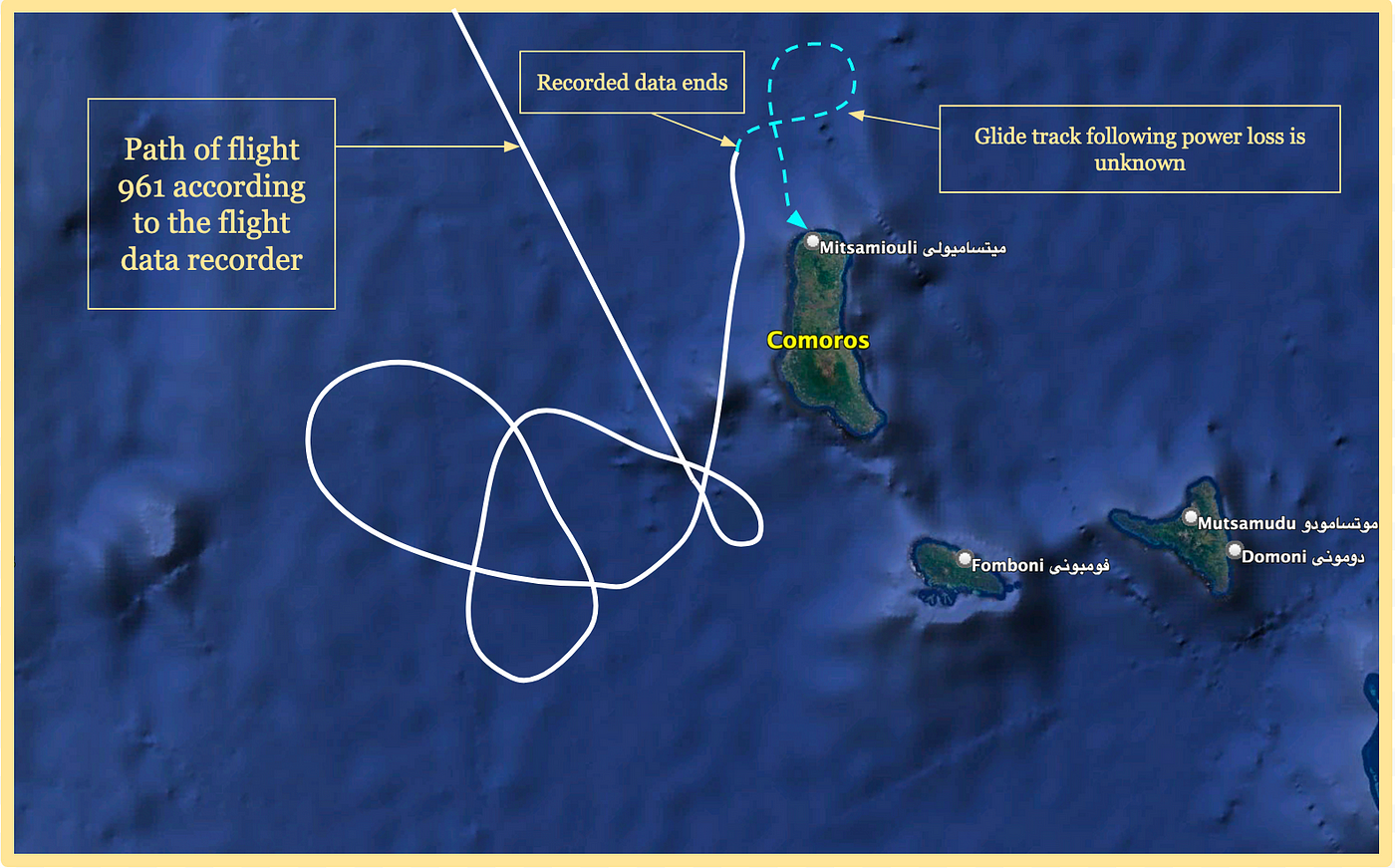
Crash Landing
As the plane approached the Comoros, it was nearly out of fuel. Despite this, the hijackers continued to ignore Captain Abate's warnings. Now out of options, the Captain began to circle the area, hoping to land at the Comoros' main airport, Prince Said Ibrahim International in Moroni.
At 11:41 UTC, the 767's right engine flamed out. The lead hijacker exited the cockpit to talk with the other hijackers. During this time, Captain Abate made a cabin announcement explaining the situation and advising the passengers to obey the hijackers' orders. Upon hearing this, the lead hijacker returned to the cockpit and knocked the microphone out of the Captain's hand. Shortly after, the left engine flamed out, causing the 767 to glide.
A fight with the hijackers at the last minute caused Captain Abate to lose his visual reference and be unable to locate the Moroni Airport. As such, he tried to ditch the aircraft just 1,500 feet away from Le Galawa Beach. He attempted to land parallel with the waves instead of against the waves to smoothen the landing. Just before contacting the water, the plane was banked left, causing the left engine and wingtip to strike the water first.
Once the engine hit the water, it impacted a coral reef, which slowed that side of the plane quickly and caused the 767 to tilt left. The rest of the aircraft entered the water unevenly and broke apart.
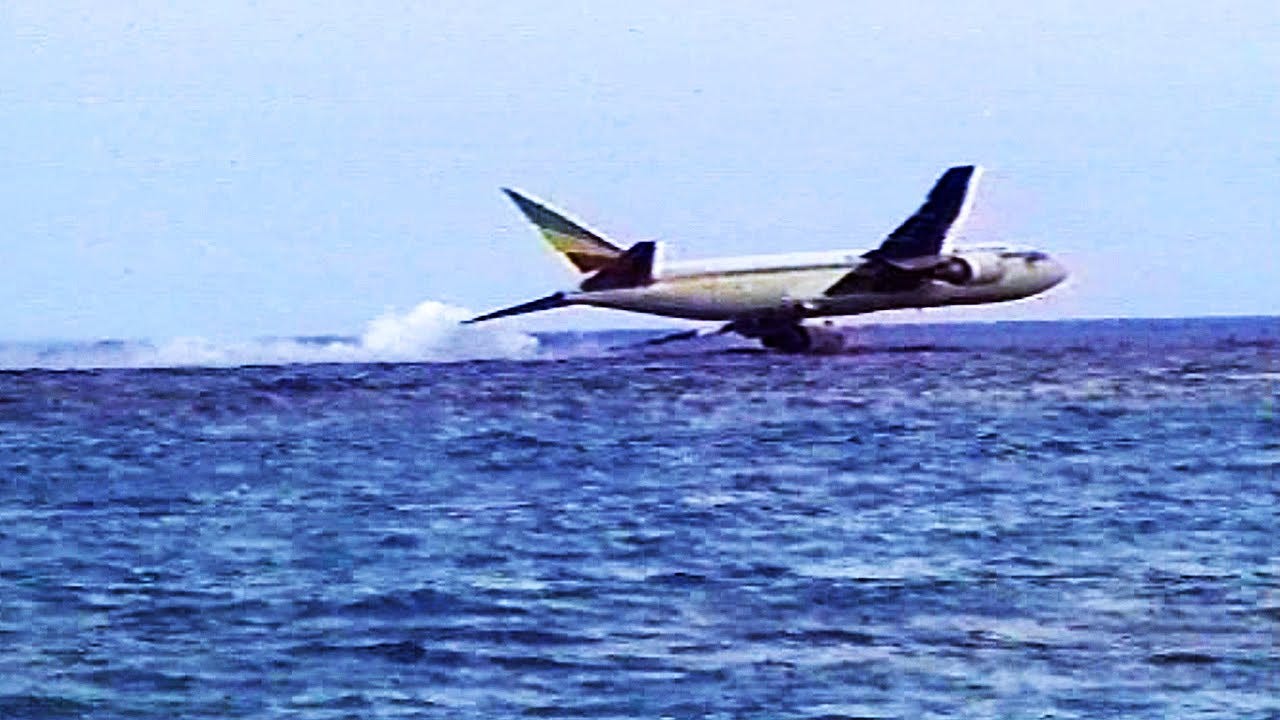
A tourist on the beach managed to record a video of the 767 crashing. She said she had begun taping on the assumption that the plane was part of an airshow. The video clearly shows the banked angle at which the plane hit the water, followed by the devastating crash.
Of the 175 passengers and crew members, 125 were killed, including the three hijackers. Many passengers survived the initial crash but disregarded the Captain's warning not to inflate their life jackets inside the aircraft. Those who prematurely inflated their life jackets in the cabin were pushed against the fuselage ceiling, causing them to be trapped inside and drown as a result.
Crash survivors were aided by the residents and tourists on the island, including a group of scuba divers and some vacationing doctors. Both Captain Abate and First Officer Mekuria survived, meaning this was Abate's third hijacking that he lived through. The two received aviation awards and continued to fly for Ethiopian Airlines. Captain Abate considered his colleague the real hero, calling him a "life-saver". He mentioned that Mekuria fought the hijackers, giving Abate the time to land the aircraft.
Comments (0)
Add Your Comment
SHARE
TAGS
STORIES Ethiopian Airlines Flight 961Ethiopian Airlineshijackingaircraft hijackingethiopian 767air crash investigationRECENTLY PUBLISHED
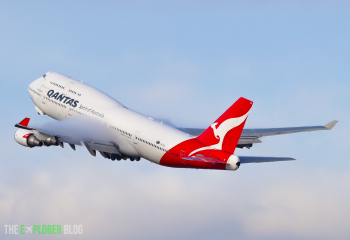 SpaceX Rocket Debris Forces Flight Delays for Qantas and SAA on Australia-South Africa Routes
Qantas and South African Airways (SAA) have faced flight delays and cancellations on their routes between Australia and South Africa due to falling debris from SpaceX rockets, Elon Musk's aerospace company.
NEWS
READ MORE »
SpaceX Rocket Debris Forces Flight Delays for Qantas and SAA on Australia-South Africa Routes
Qantas and South African Airways (SAA) have faced flight delays and cancellations on their routes between Australia and South Africa due to falling debris from SpaceX rockets, Elon Musk's aerospace company.
NEWS
READ MORE »
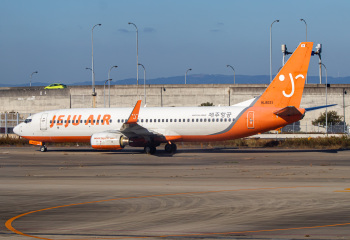 Jeju Air Black Box Flight Recorders Failed Minutes Before South Korean Plane Crash
The black boxes of the Jeju Air Boeing 737-800 aircraft that crashed several weeks ago in Muan, South Korea, stopped working during the last four minutes of the flight. The crash killed 179 of the 181 people onboard. Without the flight data and cockpit voice recorders, investigators now face a significant setback as they lack crucial information that promised to shed light on the incident.
NEWS
READ MORE »
Jeju Air Black Box Flight Recorders Failed Minutes Before South Korean Plane Crash
The black boxes of the Jeju Air Boeing 737-800 aircraft that crashed several weeks ago in Muan, South Korea, stopped working during the last four minutes of the flight. The crash killed 179 of the 181 people onboard. Without the flight data and cockpit voice recorders, investigators now face a significant setback as they lack crucial information that promised to shed light on the incident.
NEWS
READ MORE »
 4-Hour Flight Airborne for Nearly 8 Hours Following "Stabilizer Issues"
A Boeing 737-800 registered to UT Air made an emergency landing on January 7th. The flight, UT Air Flight 881, reportedly experienced "stabilizer issues" mid-flight, causing the aircraft to divert to Moscow Vnukovo Airport (VKO) 6 hours and 50 minutes after takeoff. None of the 173 passengers onboard were injured.
NEWS
READ MORE »
4-Hour Flight Airborne for Nearly 8 Hours Following "Stabilizer Issues"
A Boeing 737-800 registered to UT Air made an emergency landing on January 7th. The flight, UT Air Flight 881, reportedly experienced "stabilizer issues" mid-flight, causing the aircraft to divert to Moscow Vnukovo Airport (VKO) 6 hours and 50 minutes after takeoff. None of the 173 passengers onboard were injured.
NEWS
READ MORE »




